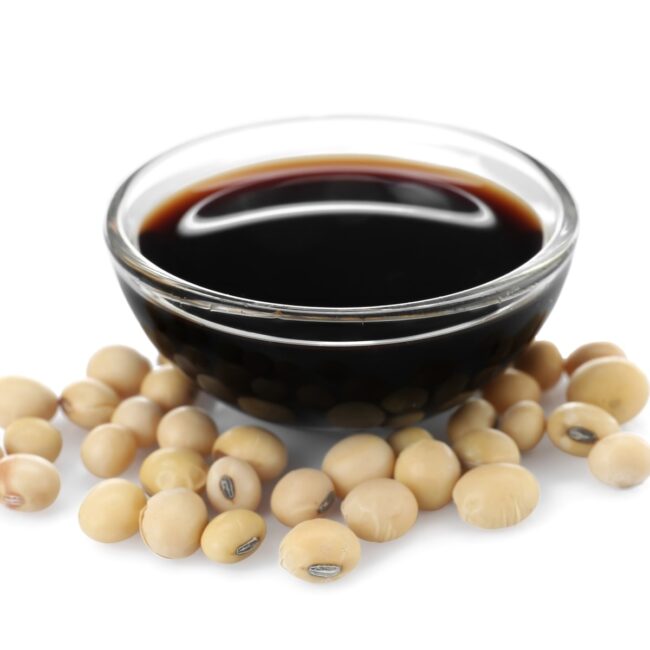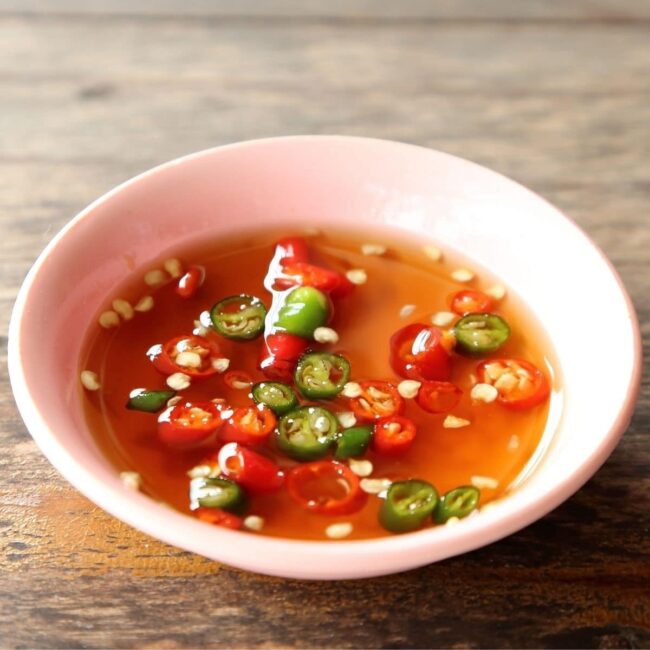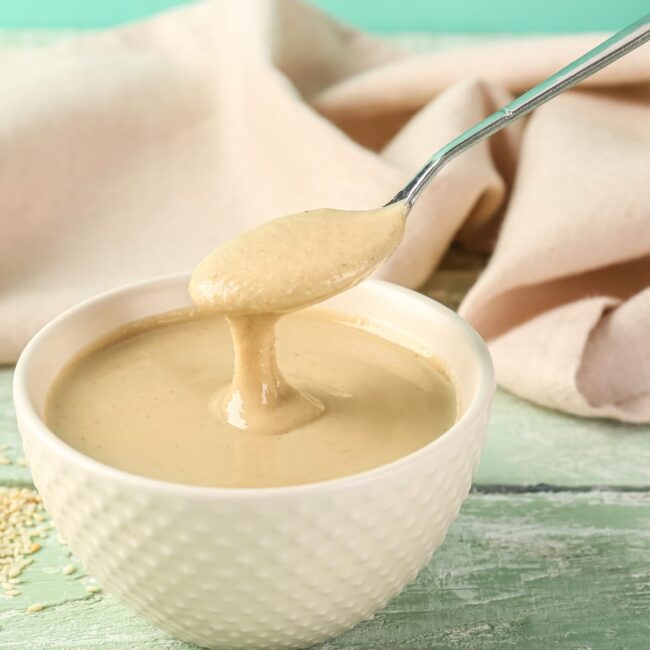9 Easy Miso Paste Swaps for Bold Umami Flavor
Substitutes for miso paste help maintain the signature umami-rich depth in soups, marinades, and dressings.
Various fermented ingredients and flavorful seasonings can provide a comparable taste.
Some options enhance the dish with added complexity, while others keep the flavor profile mild.
The best choice depends on the balance of saltiness and depth needed.
What Is Miso Paste?
Miso paste offers an incredible depth of flavor that can elevate everyday meals.
This fermented soybean product is crafted through a unique process involving koji mold, resulting in a rich umami profile.
You might be surprised to learn about the various types, ranging from light and sweet white miso to robust and earthy red varieties; each brings its own personality to your cooking.
A small spoonful can transform soups into hearty broths or salads into vibrant dressings with just the right amount of seasoning.
Different Types of Miso Paste
Miso paste offers a flavorful journey through its various types, each bringing something special to the table.
White miso stands out for its mild sweetness, making it ideal for delicate soups and dressings without overwhelming other flavors.
Red miso packs a punch with its robust saltiness and depth, perfect for hearty stews and marinades that crave complexity.
Yellow miso strikes a balance between the two, lending an earthy taste that complements numerous dishes from sauces to roasted vegetables.
Soybean paste introduces another layer of flavor; while it shares similarities with miso, its distinct richness can elevate Korean recipes in unique ways.
Bold Alternatives to Poblano Peppers
Poblano peppers often add a rich flavor to dishes. Creative substitutions can elevate your culinary creations, offering unique tastes and textures.
Soy Sauce and Tamari
Soy sauce and tamari serve as excellent substitutes for miso paste.
Both provide a rich umami flavor along with necessary saltiness.
Tamari, being gluten-free, caters to those with specific dietary needs.
Strong flavors characterize these options, so beginning with a small quantity is wise before adjusting to your preference.
Finding the right balance ensures that dishes remain delicious while accommodating different tastes and restrictions.
Enjoying flavorful meals can be simple and adaptable without compromising on taste or health needs.
Fish Sauce
Fish sauce serves as a flavorful alternative to miso paste, especially in Southeast Asian dishes.
This condiment offers a bold umami taste that enhances various recipes.
Its strong flavor can overpower other ingredients, so careful use is essential when adding it to meals.
Consider the protein content of your dish for the best balance of flavors.
With its unique characteristics, fish sauce adds depth and richness to culinary creations without being overly complicated.
Anchovy Paste
Rich umami flavor characterizes anchovy paste, which originates from anchovies.
This ingredient serves as a great substitute for miso in various recipes.
Due to its salty nature, moderation is key when using it.
Adjusting the salt in your dish helps maintain a balanced taste and enhances overall enjoyment of the meal.
A little goes a long way with this potent paste, making it an essential addition to many kitchens.
Its versatility allows for creative uses beyond traditional applications, adding depth to sauces and spreads alike.
Tahini
A creamy, nutty taste enhances dishes when using tahini as a savory miso alternative.
This option works well in vegan and vegetarian recipes.
Although tahini lacks the rich umami flavor found in miso, it still brings a delightful texture to meals.
Cooks appreciate its versatility and ability to blend smoothly into various ingredients.
Choosing tahini can elevate your culinary creations while keeping them plant-based and flavorful.
Vegetable Stock and Broth
Using vegetable stock or broth provides an excellent alternative to miso paste.
This option adds savory and umami flavors, enriching the overall taste of your dish.
For added depth, consider mixing in a dash of soy sauce, a small amount of tomato paste, or a sprinkle of nutritional yeast.
These ingredients enhance flavor while keeping meals wholesome and satisfying.
A flavorful broth can elevate any recipe effortlessly by contributing complex tastes that delight the palate without overwhelming it.
Coconut Aminos
Coconut aminos provide a great alternative to miso for those seeking vegan and gluten-free options.
Their flavor combines sweetness with savory notes, enhancing dishes with a subtle umami touch.
For recipes calling for miso paste, this ingredient works well in equal measure.
Enjoy the versatility of coconut aminos in soups, dressings, or marinades to elevate meals effortlessly.
This substitution caters perfectly to various dietary needs while keeping flavors balanced and enjoyable.
Adding coconut aminos can transform your cooking experience into something both satisfying and wholesome.
Marmite and Vegemite
Marmite and Vegemite share a bold, savory taste derived from yeast extracts.
These spreads can serve as substitutes for miso in various dishes.
A little goes a long way; too much can easily dominate the flavors of your meal.
Their unique profiles enhance both soups and sauces when added thoughtfully.
Cooking with them opens up exciting culinary avenues, inviting creativity in the kitchen.
Enjoy experimenting with these distinct ingredients to elevate your recipes!
Doenjang
A flavorful option for miso paste is doenjang, a traditional Korean soybean paste crafted from fermented soybeans.
This ingredient shares a similar taste and texture, making it seamless to use in various dishes.
Chefs appreciate its versatility in soups, marinades, and dressings.
Using doenjang can add depth to recipes while maintaining the intended flavor balance.
Its rich umami notes enhance meals without overwhelming other ingredients.
Many home cooks enjoy experimenting with this unique paste for an authentic touch in their cooking adventures.
Umeboshi Paste
Fermented plum creates umeboshi paste, which serves as a fantastic substitute for miso.
The flavor is rich with salty and umami notes, adding depth to various dishes.
Using just a small amount initially allows for better control over the taste.
Adjusting the quantity can enhance your meal significantly.
This potent ingredient has the power to elevate any recipe into something remarkable.
Choosing the Best Miso Substitute
Finding the right substitute for miso paste can elevate your dish while keeping its essence intact.
Flavor complexity is key; look for alternatives that offer a mix of salty, sweet, and earthy notes to mimic miso's unique profile.
Umami plays a vital role in this search as well; fermented options like soy sauce or tamari could deliver that savory kick you need.
A similar savory quality will ensure your recipe maintains its intended taste without missing out on depth and richness.
Salt content shouldn't be overlooked either, as it impacts the overall flavor balance in your cooking adventures.
How to Use Miso Paste Substitutes
Exploring new recipes often leads to delightful surprises, but running out of specific ingredients like miso paste can feel frustrating.
Alternatives exist that can help you achieve a similar flavor profile without missing a beat.
For marinades, soy sauce or tamari works wonderfully; just swap in equal amounts and adjust the saltiness as needed since these options tend to be saltier.
Salad dressings benefit from the nutty richness of tahini or peanut butter, though thinning them with water or vinegar may enhance their consistency for smoother mixing.
In delicate soups, vegetable or fish bouillon cubes stand in well for miso paste while preserving that essential umami essence. Just use sparingly to keep flavors balanced and vibrant throughout your dish preparation journey.
Where to Find Miso and Substitutes
Finding miso paste can be a straightforward task if you know where to look.
Most grocery stores have it in the refrigerated section, often next to tofu and similar products.
Asian markets typically offer a wider selection, including various substitutes like doenjang or natto miso.
Online shopping expands your options even further, with retailers providing access to different brands and types of miso that might not be available locally.
Consider the flavor profile you want in your dish when choosing alternatives; soy sauce and tamari are common picks but require adjustments for saltiness due to their sodium levels.
Nutritional Facts About Miso
Miso paste offers a rich umami flavor and numerous health benefits, making it a staple in many kitchens.
This fermented soybean product is packed with protein, essential vitamins, and probiotics that support gut health.
For those without miso on hand or needing alternatives due to dietary restrictions, several substitutes can fit the bill perfectly.
Tamari serves as an excellent gluten-free option with a savory taste that mirrors miso's depth.
Adzuki bean paste and chickpea miso are fantastic vegan choices; both deliver protein while maintaining that sought-after umami profile without soy or gluten complications.






